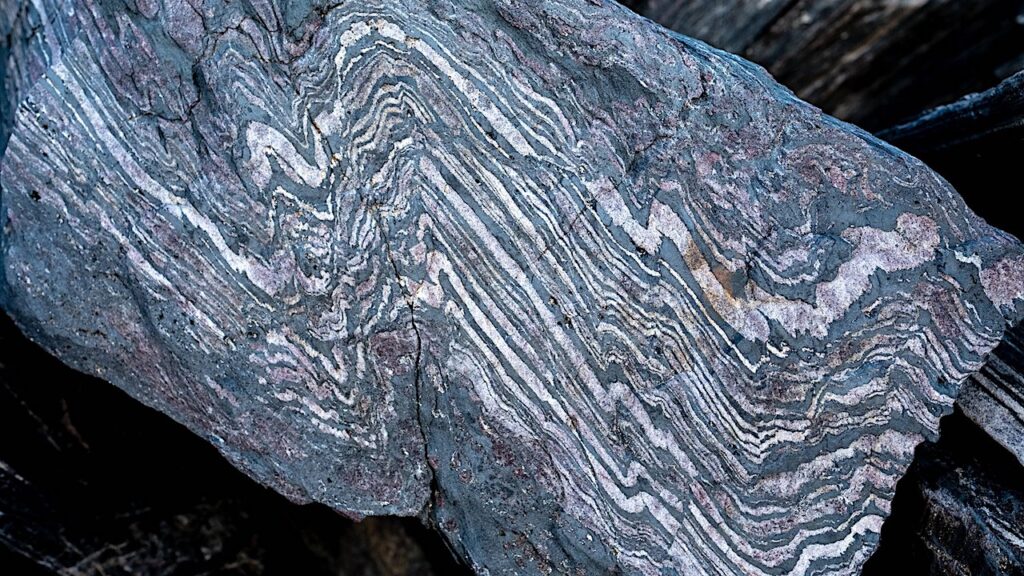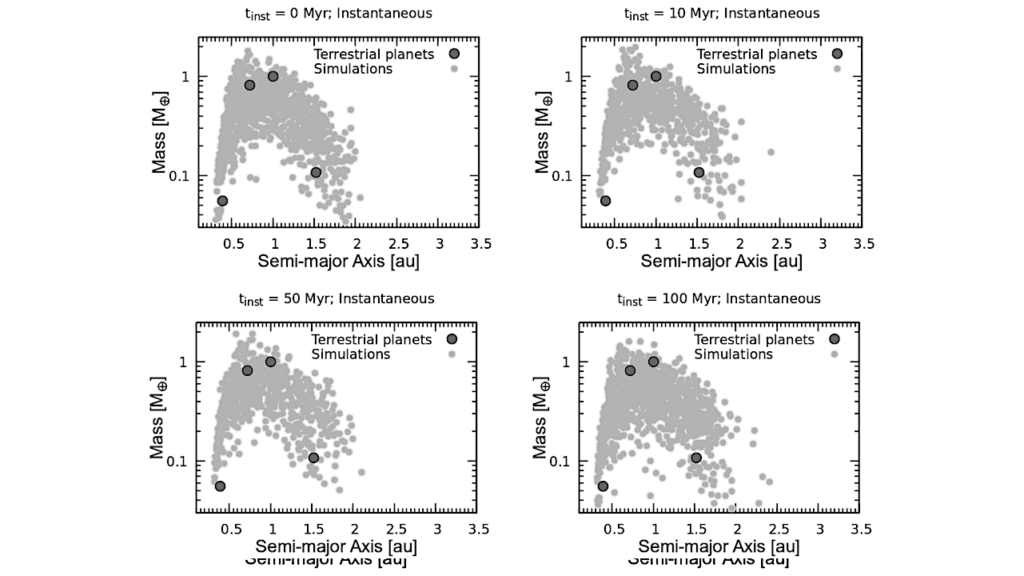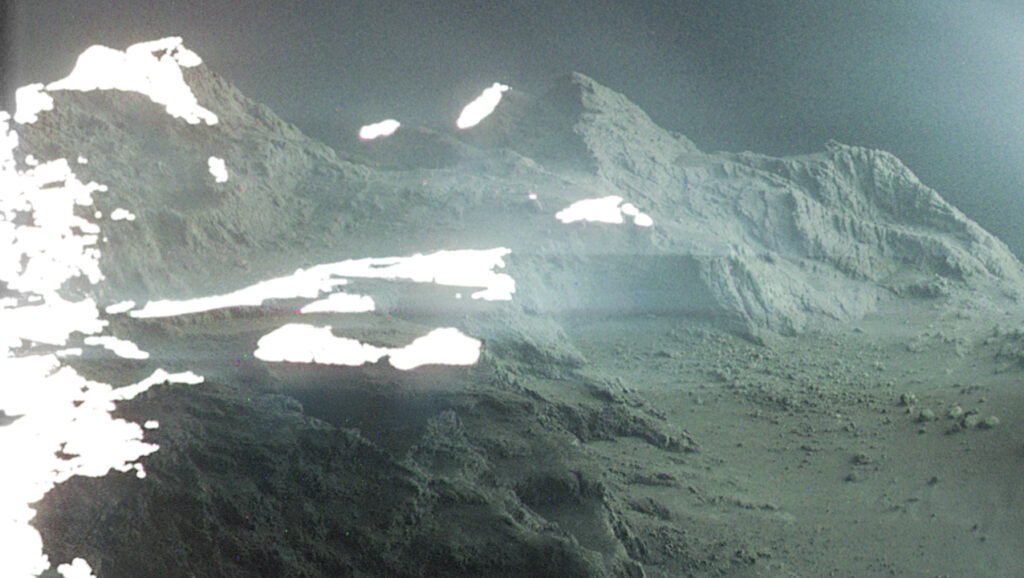Biolocomotion And Premelting In Ice

Biota are found in glaciers, ice sheets and permafrost. Ice bound micro-organisms evolve in a complex mobile environment facilitated or hindered by a range of bulk and surface interactions.
When a particle is embedded in a host solid near its bulk melting temperature, a melted film forms at the surface of the particle in a process known as interfacial premelting.
Under a temperature gradient, the particle is driven by a thermomolecular pressure gradient toward regions of higher temperatures in a process called thermal regelation. When the host solid is ice and the particles are biota, thriving in their environment requires the development of strategies, such as producing exopolymeric substances (EPS) and antifreeze glycoproteins (AFP) that enhance the interfacial water.
Therefore, thermal regelation is enhanced and modified by a process we term {\em bio-enhanced premelting}. Additionally, the motion of bioparticles is influenced by chemical gradients influenced by nutrients within the icy host body. We show how the overall trajectory of bioparticles is controlled by a competition between thermal regelation and directed biolocomotion.
By re-casting this class of regelation phenomena in the stochastic framework of active Ornstein-Uhlenbeck dynamics, and using multiple scales analysis, we find that for an attractive (repulsive) nutrient source, that thermal regelation is enhanced (suppressed) by biolocomotion. This phenomena is important in astrobiology, the biosignatures of extremophiles and in terrestrial paleoclimatology.
Jeremy Vachier, J. S. Wettlaufer
Subjects: Soft Condensed Matter (cond-mat.soft); Biological Physics (physics.bio-ph)
Cite as: arXiv:2203.14038 [cond-mat.soft] (or arXiv:2203.14038v3 [cond-mat.soft] for this version)
https://doi.org/10.48550/arXiv.2203.14038
Submission history
From: Jeremy Vachier [view email]
[v1] Sat, 26 Mar 2022 10:05:20 UTC (841 KB)
[v2] Sat, 30 Apr 2022 09:47:43 UTC (858 KB)
[v3] Tue, 31 May 2022 07:48:52 UTC (896 KB)
https://arxiv.org/abs/2203.14038
Astrobiology,








